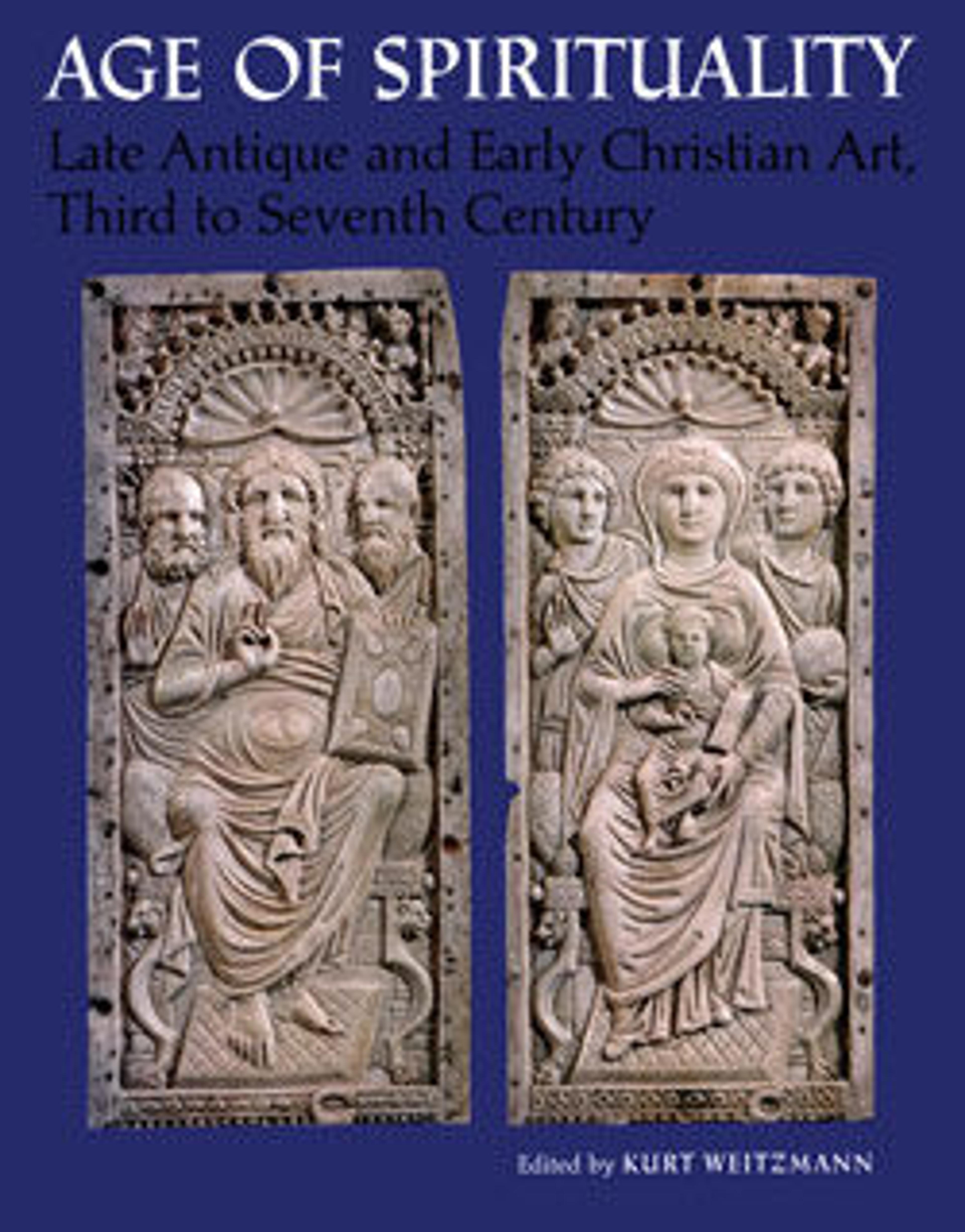Marble relief fragment with gladiators
Gladiatorial shows were essentially a Roman phenomenon, but their popularity quickly spread to the Greek cities of the eastern part of the Empire. This fragmentary relief with its Greek inscription is evidence for the existence of gladiators in the Greek-speaking world. The scene shows two types of gladiators pitted against each other in the arena.
In the Imperial period, there were seven main types of fighter; each was known by a different name, wore distinctive armor, and carried specific weapons. Most were heavily armed and wore helmets; these were the murmillo, thrax, hoplomachus, provocator, and secutor. In addition, there were the eques, who only fought against another eques since the contest started on horseback, and the retiarius, who was lightly armed with a trident, wore no helmet, and carried a net. Here a retiarius is being pursued by a secutor, and behind them to the left is part of the stage scenery or props that often featured in the games.
In the Imperial period, there were seven main types of fighter; each was known by a different name, wore distinctive armor, and carried specific weapons. Most were heavily armed and wore helmets; these were the murmillo, thrax, hoplomachus, provocator, and secutor. In addition, there were the eques, who only fought against another eques since the contest started on horseback, and the retiarius, who was lightly armed with a trident, wore no helmet, and carried a net. Here a retiarius is being pursued by a secutor, and behind them to the left is part of the stage scenery or props that often featured in the games.
Artwork Details
- Title: Marble relief fragment with gladiators
- Period: Imperial
- Date: 1st–3rd century CE
- Culture: Roman
- Medium: Marble
- Dimensions: H. 14 in (35.6 cm); width 13 3/4 in (34.9 cm); depth 4 1/8 in (10.5 cm)
- Classification: Stone Sculpture
- Credit Line: Rogers Fund, 1957
- Object Number: 57.11.7
- Curatorial Department: Greek and Roman Art
More Artwork
Research Resources
The Met provides unparalleled resources for research and welcomes an international community of students and scholars. The Met's Open Access API is where creators and researchers can connect to the The Met collection. Open Access data and public domain images are available for unrestricted commercial and noncommercial use without permission or fee.
To request images under copyright and other restrictions, please use this Image Request form.
Feedback
We continue to research and examine historical and cultural context for objects in The Met collection. If you have comments or questions about this object record, please complete and submit this form. The Museum looks forward to receiving your comments.
